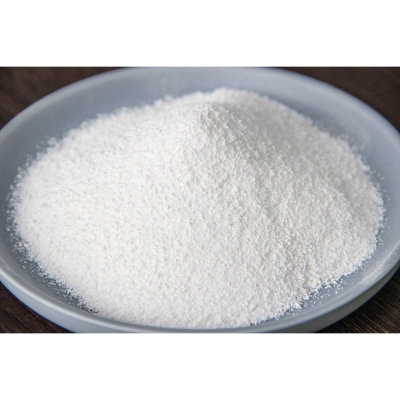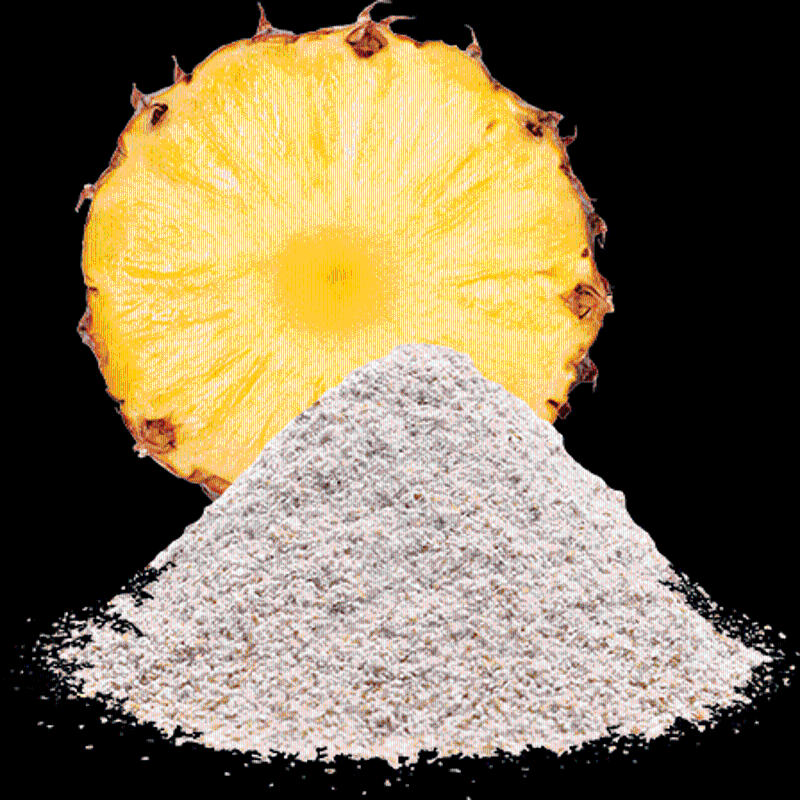Add enzymes to japanese grain to improve duck growth performance
-
Last Update: 2020-06-29
-
Source: Internet
-
Author: User
Search more information of high quality chemicals, good prices and reliable suppliers, visit
www.echemi.com
Uk researchers studied the effects of adding commercial enzymes to growing diets on duck growth performance and nutritional utilization in BeijingEach gram of enzyme contains 4000 units of amylase, 12,000 units of protease and 1600 units of xylitose, and in 42d growth studies, the daily grain contains 0.5g/kg of enzymesAs a result, the weight of ducks fed with enzymatic feeds increased by 6% to 8%Adding enzyme preparation can improve feed conversion rate, feeding the highest reintestinal nitrogen digestion rate of duckcontaining 0.5g/kg enzyme preparation, feeding the performance of the duck containing 0.5g/kg enzyme preparation nitrogen retention is greater than the duck fed with unasse preparation diet, the digestion rate of amino acids of excretion is much higher than the intestinal estimateThe results show that adding enzymes to the diet can improve the growth performance, nitrogen and amino acid retention of Peking ducksrMS
British researchers have studied the effects of adding commodity enzymes to growing diets on duck growth performance and nutritional utilization in BeijingEach gram of enzyme contains 4000 units of amylase, 12,000 units of protease and 1600 units of xylitose, and in 42d growth studies, the daily grain contains 0.5g/kg of enzymesAs a result, the weight of ducks fed with enzymatic feeds increased by 6% to 8%Adding enzyme preparation can improve feed conversion rate, feeding the highest reintestinal nitrogen digestion rate of duckcontaining 0.5g/kg enzyme preparation, feeding the performance of the duck containing 0.5g/kg enzyme preparation nitrogen retention is greater than the duck fed with unasse preparation diet, the digestion rate of amino acids of excretion is much higher than the intestinal estimateThe results show that adding enzymes to the diet can improve the growth performance, nitrogen and amino acid retention of Peking ducksrMS
Share it on feed
This article is an English version of an article which is originally in the Chinese language on echemi.com and is provided for information purposes only.
This website makes no representation or warranty of any kind, either expressed or implied, as to the accuracy, completeness ownership or reliability of
the article or any translations thereof. If you have any concerns or complaints relating to the article, please send an email, providing a detailed
description of the concern or complaint, to
service@echemi.com. A staff member will contact you within 5 working days. Once verified, infringing content
will be removed immediately.







